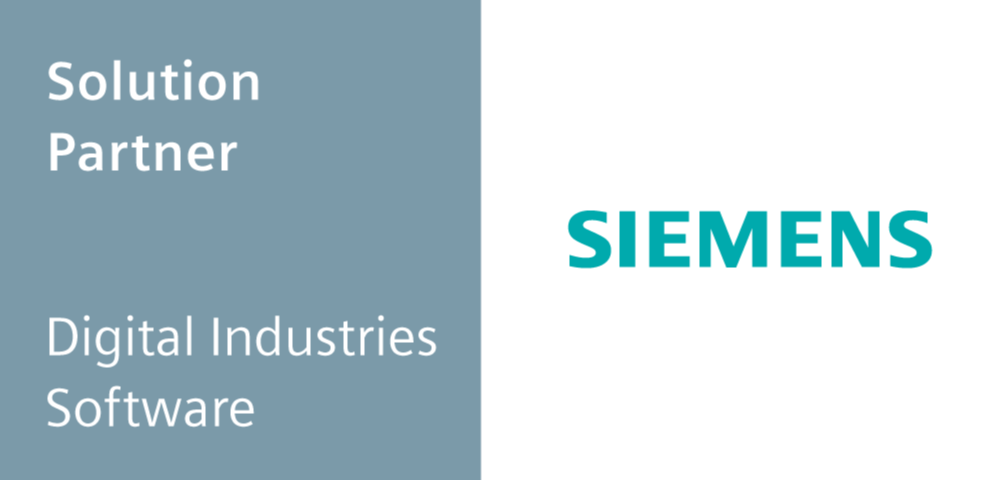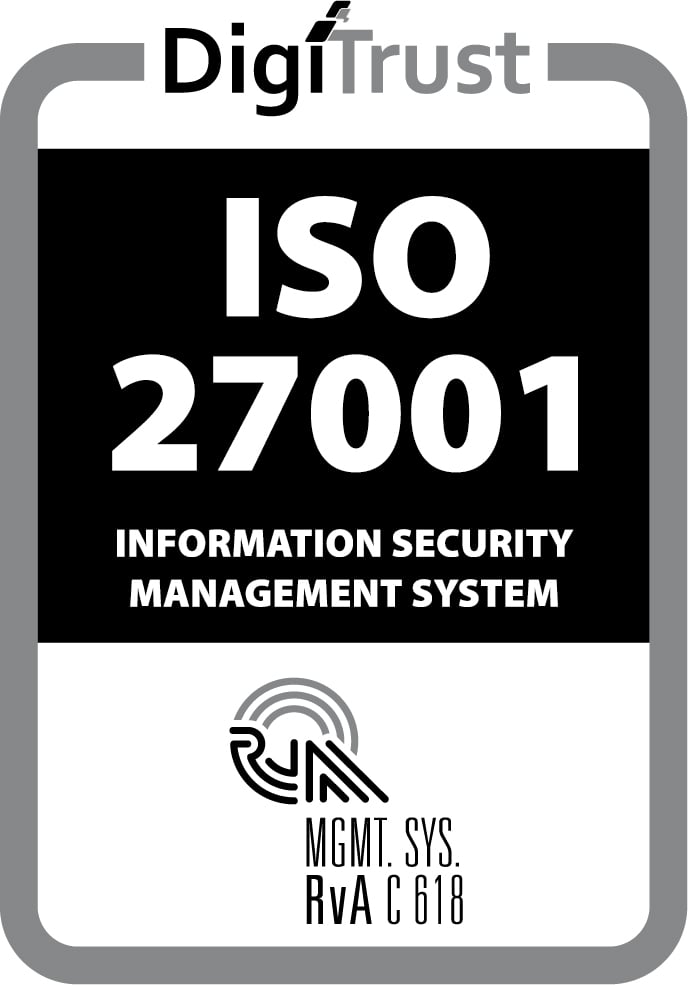Organizations are increasingly challenged to develop business-critical applications that are both highly adaptable and reliable. Custom software offers many possibilities but often takes time to develop and can be difficult to align with evolving business needs. Low code platforms like Mendix offer an alternative: accelerating development through visual modelling, without compromising on performance, scalability, or reliability.
Mendix is no longer just suitable for simple workflow apps. The platform has evolved into a full-fledged enterprise solution that supports the entire application lifecycle. In this blog, we’ll explain why Mendix is a good fit for business-critical solutions, how it integrates with modern architectural models (such as microservices, API-first, and event-driven architectures), and how the platform works seamlessly with existing ERP and CRM systems. We’ll also cover how Mendix strengthens collaboration between business and IT and how CLEVR, as an experienced Mendix partner, helps organizations set up and scale these types of solutions.
Architectural Models and Mendix
Enterprise architecture is not one-size-fits-all, and different layers within your IT landscape require their own approaches. When looking at application-level architecture and related secondary systems, we often see recurring patterns—such as microservices for modular components, an API-first strategy for integrations, or an event-driven architecture for real-time processing. Mendix provides a high degree of flexibility to support these models with built-in tools.
According to Gartner, platforms like Mendix fall under the “BOAT Platforms” category—Business-Orchestrated Automation & Transformation—which combine integration, orchestration, and user experience. Mendix aligns well with this through visual development, a cloud-native architecture, and extensive integration capabilities. In this blog we’ll highlight three common architectural patterns and how Mendix fits into them.

Microservices Architecture
More and more organizations are opting for a microservices architecture, where large applications are broken down into small, independent services. Mendix is a great match here. Each Mendix application runs in a stateless runtime, enabling both horizontal and vertical scalability. Apps can be deployed, updated, and maintained independently.
It’s also easy to develop smaller, standalone applications. Teams can build multiple Mendix apps that communicate via APIs or events. Mendix Connect (formerly Data Hub) acts as an internal service catalog. Apps can expose data via OData, making it reusable by others without duplicating it.
Integration is as simple as drag and drop: a developer can drag a Remote Entity from the Data Hub into their data model and use it instantly. This setup ensures Mendix microservices remain loosely coupled, each with its own lifecycle, while still working together as a unified solution.
API-First Integration
In many enterprise environments, an API-first approach is the norm. Mendix is well equipped for this. The platform supports both building and consuming REST and OData APIs. With just a few clicks in Mendix Studio Pro, you can publish a REST service or OData feed based on your data model. URL structures, JSON/XML formats, and error handling are automatically configured.
Consuming external APIs is just as simple: Mendix supports REST calls and handles responses within microflows. This makes Mendix an ideal integration or orchestration layer between existing systems. For example, you can create an application that pulls data from an ERP system via OData, retrieves customer info from a CRM via REST, and presents it all in a single user interface.
Mendix supports standard authentication protocols like OAuth 2.0, ensuring secure API access. Thanks to these API capabilities, you can build integrations or integration services quickly—without expensive custom middleware. Mendix becomes the agile glue between existing systems and new digital solutions.
Event-Driven Architecture
Event-driven architecture is increasingly popular, especially for real-time processes. Mendix is a strong player here too. While the platform doesn’t include a native message broker, it integrates easily with platforms like Kafka, RabbitMQ, Azure Service Bus, or Solace.
Using built-in connectors or Java actions, you can send and receive messages. Mendix is well suited for small event-driven applications that automatically respond to incoming events. A microflow can be triggered to perform a task whenever an event is received.
For instance, think of a dashboard that updates automatically when an IoT device sends a status change. Through a REST integration with an event broker, Mendix can receive and process the event immediately. Combined with an event platform, this creates a scalable and flexible integration where Mendix handles the business logic, while the event platform manages reliable message delivery.
Mendix can both send events—for example, a notification when a process completes—and receive them, enabling you to build responsive applications that act on real-time data and triggers.
Mendix at the Edge of the Core IT Landscape
One of Mendix’s strengths is its ability to operate alongside core systems like ERP, CRM, or legacy databases. Rather than replacing these systems, you can use Mendix to innovate around them—creating flexible edge applications that deliver value fast, without disrupting the core. This approach is often called "wrap and extend".
Mendix apps can pull data from multiple backends and present it in a unified interface. For example, a company using SAP and Salesforce can build an order management app in Mendix that calls both systems via APIs. The app creates orders in SAP, retrieves customer data from Salesforce, and adds custom logic not present in either system.
This way, you create added value without needing major overhauls. You also extend the lifecycle of your core systems—getting more out of them with less risk.
A concrete example: VodafoneZiggo co-developed Field Tool 2.0 with CLEVR, an app that integrates data from over 40 backend systems into one fieldwork tool for technicians. The core systems remain unchanged, while Mendix delivers a modern frontend via APIs and events.
Another case: the Splash app at Eneco, built on top of Ortec’s planning engine. It provides customers with a clean portal for managing appointments. Developed using Mendix in collaboration with Ortec and Eneco, this app has become a vital part of the service offering.
In short, Mendix is an ideal layer on top of your core IT. It forms the “edge” where you can deliver new functionality fast—without compromising the stability of existing systems. This aligns with the concept of composable architecture: building new capabilities modularly, while your core systems continue to do what they do best.
CLEVR’s Role and Expertise
Successfully using Mendix for business-critical applications requires more than just a great platform. You need a partner that understands both the technology and your organization. CLEVR is that partner. As a Mendix Platinum Partner, we have extensive experience building scalable solutions within complex IT environments.
Our teams work closely with architects and IT managers on challenges around integration, security, governance, and maintenance. We translate these requirements into robust Mendix architectures that fit within existing environments—whether you’re working with microservices, traditional ERP landscapes, or something in between.
CLEVR has delivered many business-critical solutions, including:
-
VodafoneZiggo: Field Tool 2.0, a technician app integrating over 40 backend systems.
-
Eneco: Splash, a service scheduling portal built on top of Ortec’s engine and integrated with existing CRM systems.
-
Winst uit je Woning: a sustainability services platform built as a flexible layer around core processes.
-
Telenet: various innovative solutions in the telecom sector.
In each project, we closely collaborate with our clients’ internal teams. We believe in “build together, grow together”: our experts become an extension of your team. This ensures that the end result meets both technical requirements and business goals.
We also continuously invest in expertise and quality. We stay up to date with the latest Mendix developments (like Mendix 10), follow relevant publications (such as Gartner’s BOAT model), and apply best practices in our projects. Whether it’s setting up an integration layer, building a DevOps pipeline, or scaling Mendix deployments—we’ve got the experience.
Conclusion
With Mendix, you can build business-critical applications that fit seamlessly within modern enterprise architecture. The platform combines the speed of development with the robustness required for large-scale use. Whether you're working with microservices, an API-first strategy, or event-driven integration—Mendix supports these models without compromising on speed or quality.
CLEVR helps organizations get the most out of Mendix. As an experienced Mendix partner, we support your architecture, development process, and implementation journey. Together, we ensure that low-code isn’t just fast—it’s sustainable, secure, and fully integrated into your IT landscape.
Conclusion
Feel free to reach out to CLEVR for a no-obligation conversation. We’d be happy to show you how Mendix can help your organization deliver flexible and reliable digital solutions.
FAQs
Is Mendix suitable for business-critical applications?
How does Mendix fit into modern IT architectures like microservices or API-first?
Can Mendix integrate with existing ERP and CRM systems?





